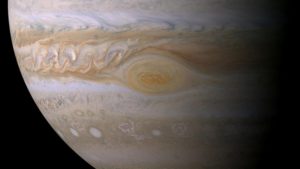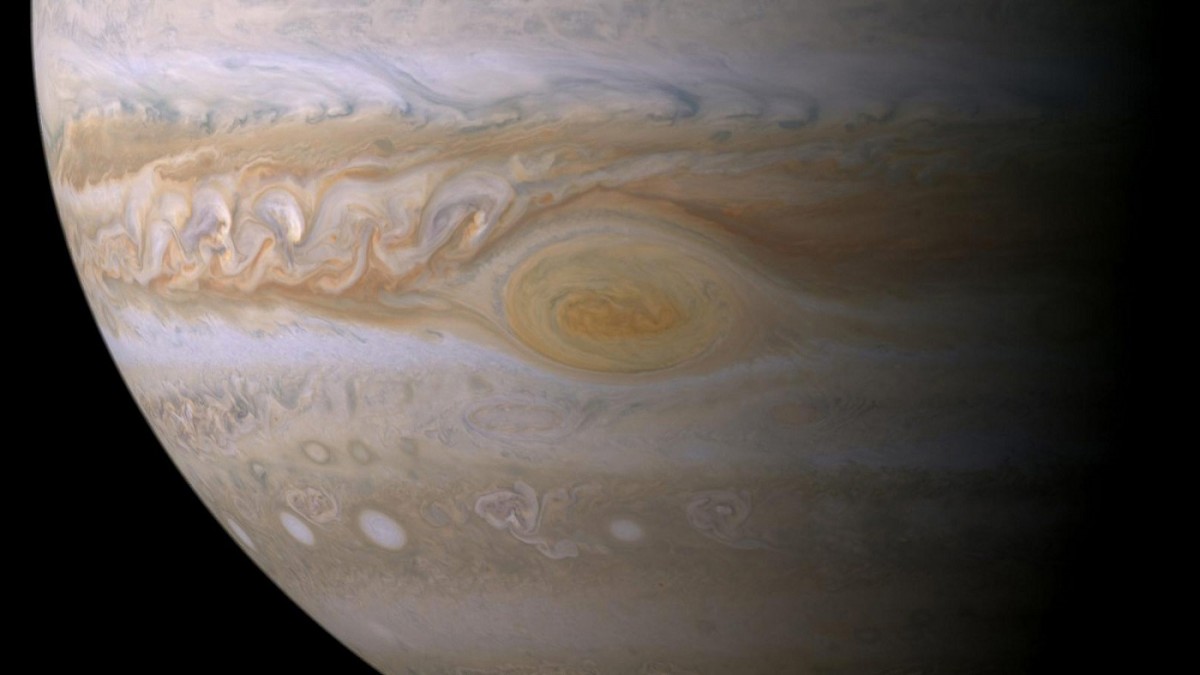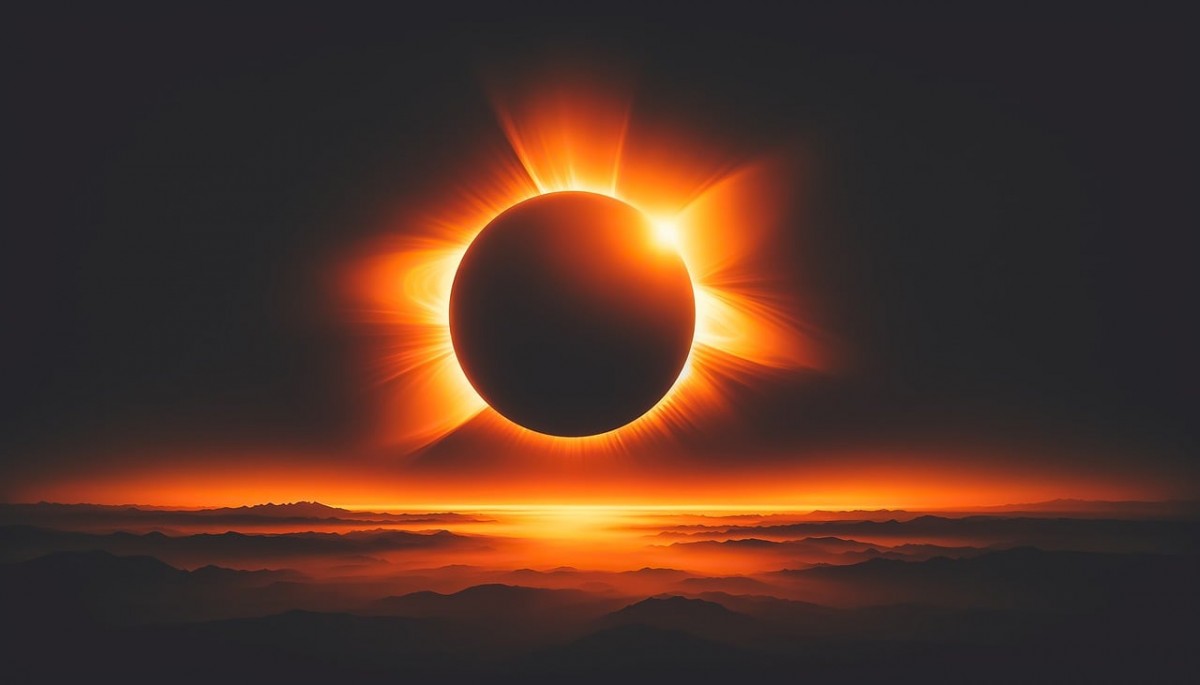The Jupiter storm is larger than planet Earth, and astronomers have been observing it regularly for more
than 150 years — with occasional other observations as early as the 1600s — providing evidence of change
over a relatively long time. The storm speeds are incredible compared to what we see on Earth, but at
Jupiter the typical increase was less than 1.6 mph (2.6 km/h) per Earth year, the researchers said in a statement.
“When I initially saw the results, I asked ‘Does this make sense?’ No one has ever seen this before,'”
lead author Michael Wong, a planetary scientist at the University of California, Berkeley, said in the statement.
But Wong and other researchers said the Hubble Space Telescope‘s precision and long-running records
of observations allowed ample confirmation, alongside a software data analysis that tracked tens of
thousands to hundreds of thousands of wind vectors (directions and speeds) during Jupiter observations.
Great Red Spot

The researchers are struggling to understand why the increase is happening, as Hubble cannot peer into
the depths of the storm. “Anything below the cloud tops is invisible in the data,”
Wong said. “But it’s an interesting piece of data that can help us understand what’s fueling the Great Red Spot, and how it’s maintaining energy.”
NASA currently is running the Juno mission at Jupiter that has on occasion looked at the Great Red Spot,
but the press release did not say if observations from this mission could assist in figuring out the windy
mystery. Juno has already worked in tandem with Hubble and the Gemini Observatory in
Hawaii to chart atmospheric and storm conditions on the giant planet. Juno also has peered deep into the
Great Red Spot to chart the depths of the storm.
Credits: livescience.com











